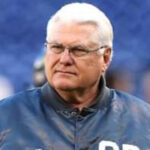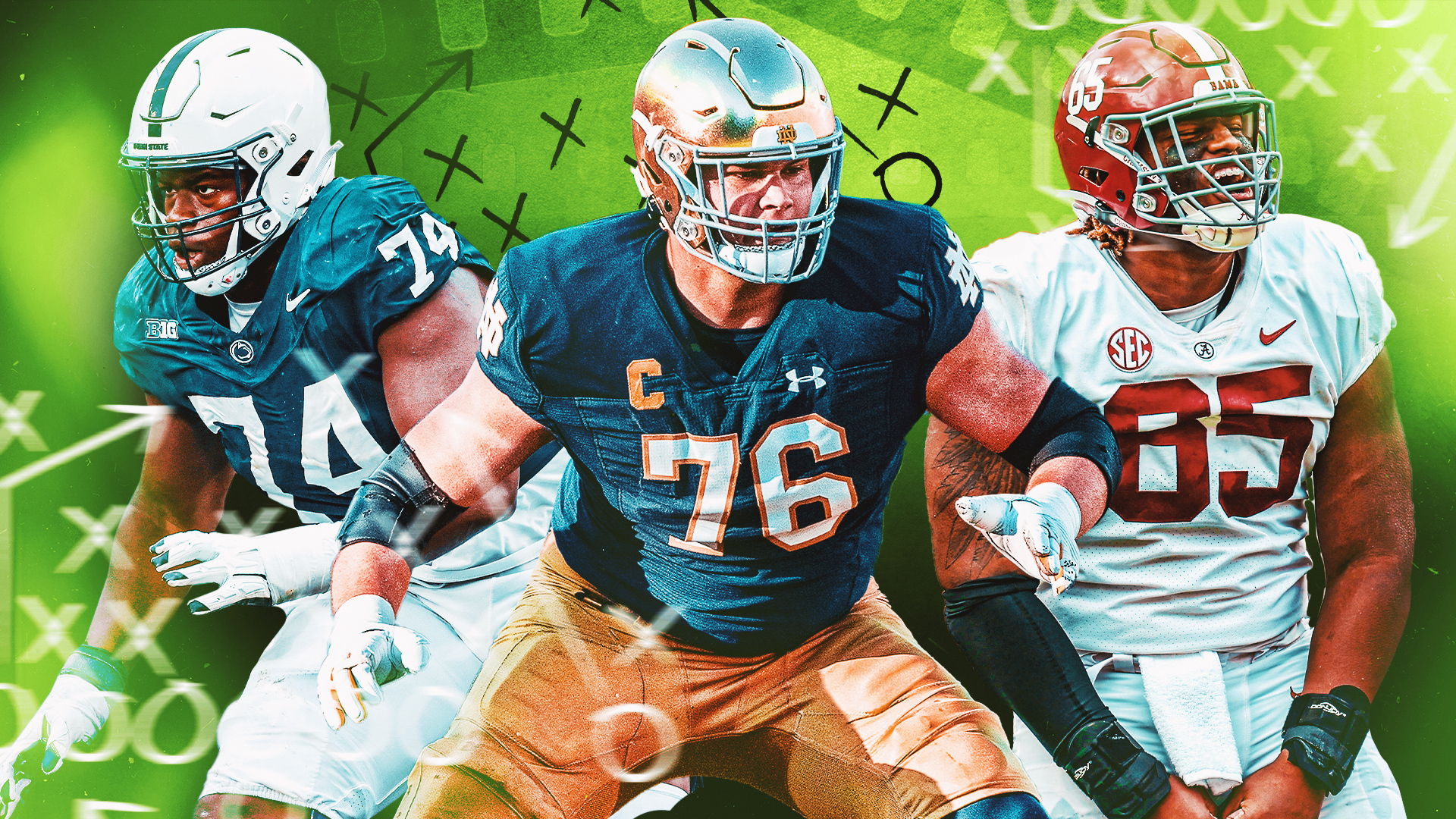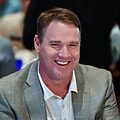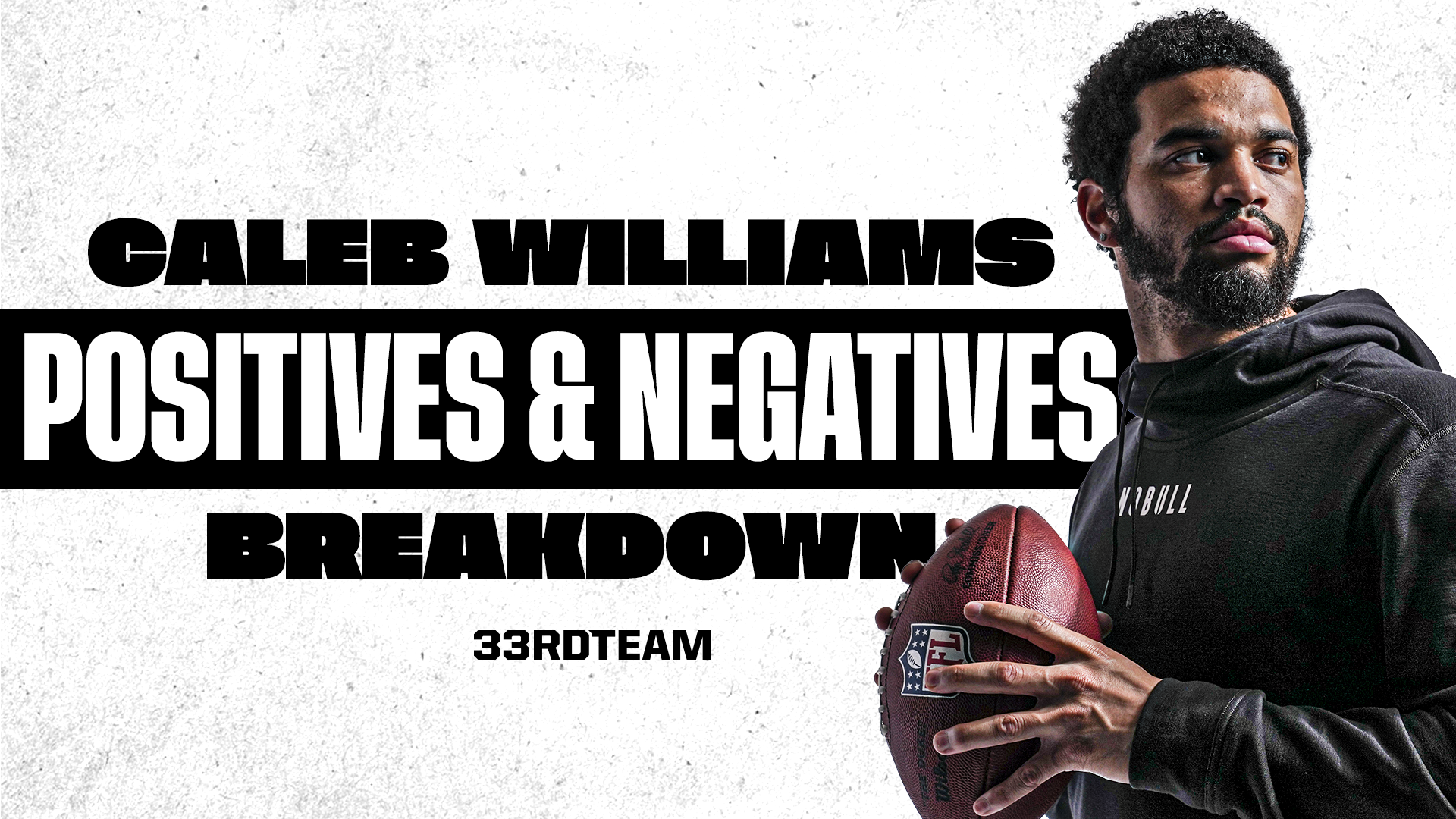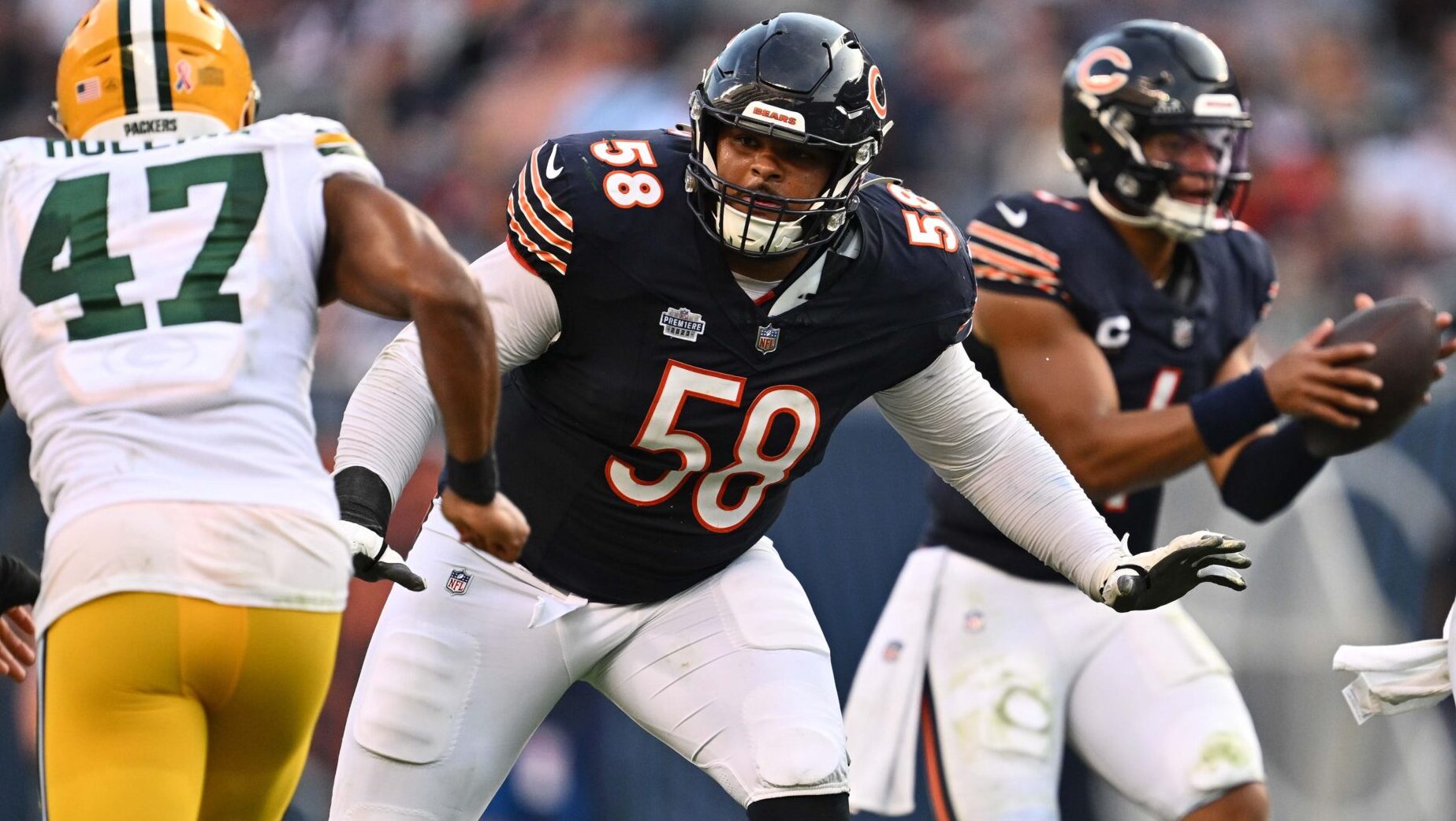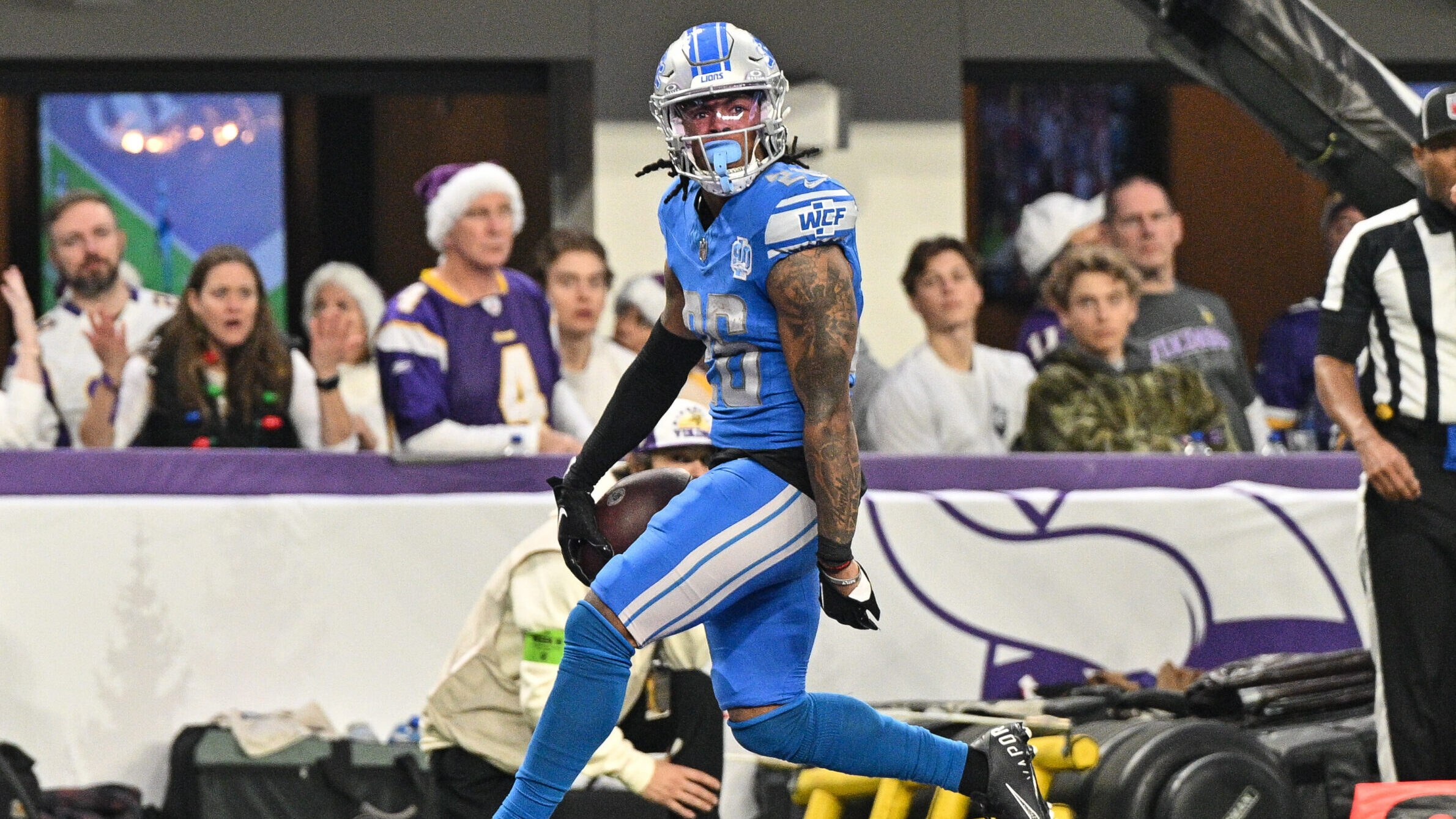Analysis
8/2/21
6 min read
Lessons We Can Learn from the NBA Draft
Basketball players from around the world heard their names called last week in the 2021 NBA Draft. While basketball remains very much a different sport from football, there are still a plethora of lessons that can be taken from this draft in order to improve the scouting process in general. Drafting, regardless of what sport it is, will forever remain an imperfect science, but there are always ways to improve the process. Here are three lessons that can be learned from the NBA draft:
-
Don’t put too much stock into workouts
When former NBA General Manager Chris Wallace was on a 33rd Team Call a few weeks ago, he mentioned this point briefly. Even though individual workouts can help to affirm things that have been seen on tape, they can also lead to teams overrating certain prospects. For instance, the 2003 NBA Draft was one of the most highly anticipated drafts in recent memory due to the fact that it included players such as LeBron James, Dwyane Wade, Chris Bosh and Carmelo Anthony. Most people figured the Cleveland Cavaliers would select James, seeing that he was considered a once in a generation talent. The Detroit Pistons, with the second pick, had a much harder decision to make. The Pistons eventually narrowed their choice to two players: Carmelo Anthony, a freshman phenom who had just led Syracuse to a national championship, and Darko Milicic, a relatively unknown player from Serbia who people thought had a ton of potential at the center position despite being extremely raw at the time. Milicic impressed the Pistons so much during his pre-draft workouts that they decided to take a chance on him. This ended up working out poorly for Detroit, as Milicic averaged only 1.6 PPG and 5.1 RPG in just three seasons with the team.
There have been many instances in the NFL in which a player has been projected much higher or lower than expected due to their performance in workouts. Players like Tom Brady and John Ross come to mind. While it’s good to see prospects perform well under pressure in these workouts, it just does not come close to replicating how these players will react to a given situation in a game.
-
Potential can be deceiving
During this year’s NBA draft, you heard analysts talk a lot about how some players were taken much earlier than expected due to a lot of untapped potential; however, this isn’t always the best way to measure what a player can do at the professional level. “Potential” is not a measurement at all. While in the NBA, it has been proven that younger players can succeed longer than older players while also having more time to realize their full potential than a more experienced college player who may have already hit their ceiling, that isn’t always the case when it comes to football. This isn’t to say that a team needs to select a player like Brandon Weeden or Hayden Hurst, both of whom were over the usual age range of 21-23 heading into the draft, but it does mean teams should consider selecting a player with a proven track record over somebody who did not do as much in college but is still considered talented.
There are more things that can go wrong with a player that has less experience, and it is a huge risk to take. For example, during the 2013 NBA Draft, Anthony Bennett from UNLV was the first player taken by the Cleveland Cavaliers over more established players like Trey Burke and C.J. McCollum. Bennett had a rough career -- he only spent one season with the Cavs and four seasons as a whole in the NBA with four different teams. Meanwhile, McCollum has developed into one of the better shooting guards in the league and Burke has been able to carve out roles for himself on almost every team he has been on. Both of these players had more college experience than Bennett and even more success in the collegiate ranks for that matter, yet they were passed on in the draft because there was a thought that Bennett had more potential.
-
Trading first-round picks for an established player is not always the right thing to do
In the NBA, teams are more than willing to exchange multiple first-round picks in order to obtain an established star, and we saw plenty of that in last week’s draft. There have been too many times in history where these players have not panned out for their team and the first-round pick the team gave up ended up being the better player. Even though many teams can get away with this due to the NBA’s system of protections on first-round picks (some picks, for example, are top-three protected, and the team obtaining the pick will get a future pick if this other selection lands in the top-three during the lottery), there is no such luxury in the NFL. Currently, the Rams have been the latest example of a team that has not used a first-round pick since selecting Jared Goff in 2016 in an attempt to win now; however, a win now approach isn’t always the key to success. It isn’t sustainable. By trading away a first-round pick to win now, you lose out on the ability to have a better player down the line. Sure, not all first-round picks are created equal, but it certainly helps in the long run to have higher-round picks in order to not be relying mainly on Day 2 and Day 3 picks for your team’s production. While it may not happen this year, there are plenty of times when a team has traded multiple first-round picks on draft night to obtain players. Whether it was the Brooklyn Nets, who traded for Paul Pierce and Kevin Garnett, or the Charlotte Hornets, who acquired Vlade Divac in exchange for the 13th overall pick – which became Kobe Bryant -- this style of setting up a team doesn’t lead to success in the long term.

